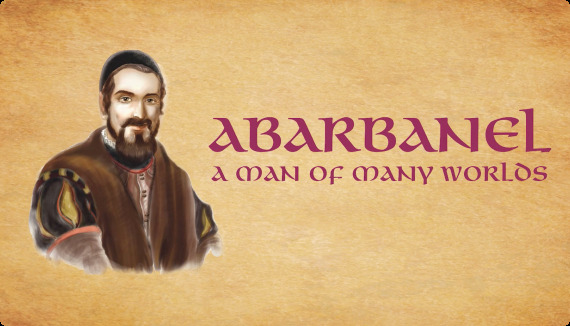The Torah reading of this week deals with the garments and vestments of the children of Aaron, the priests and High Priest of Israel. At first glance, the garments that these men were to wear present a clash of ideas and a contradiction of policies. On one hand, the garments of the ordinary priests were simple, modest and low key – a hat, a belt in the form of a sash, trousers and the tunic. They were pure white in color and represented purity of body and soul and humility of behavior and attitude.
Even the High Priest of Israel wore these basic, simple garments at all times during his service in the Temple. However, the High Priest wore four additional garments that distinguished him and his office from that of an ordinary priest. These four garments – a golden plate on his forehead, the long outerrobe of blue, a collar decorated with tufts of wool and golden bells, and a multicolored intricately designed printed cloth with shoulder straps which held the golden plate. This chest plate had 12 precious stones and two large diamond-like stones on the shoulder straps – which were surely garments of pride, grandeur and majesty.
The garments that the High Priest wore were in essence self-contradictory, for some of the garments were meant to reflect humility and modesty, simplicity and purity, while the other garments that he wore reflected grandeur, opulence, wealth and power. In this seeming contradiction, in my opinion, lies a deep and important message, which is very relevant to us even today.
A person's basic makeup, represented by the simple garments of the ordinary priest and of the underlying garments of the High Priest himself, must always reflect humility, simplicity and purity. We are told in the Talmud that the Lord, so to speak, abhors self-grandeur and overbearing pride.
Maimonides teaches us that in matters of humility one is allowed to go to an extreme in order to avoid hubris, pride, arrogance and self-interest. Nevertheless the Torah demands of leaders and scholars a certain amount – a one-sixty-fourth measure - of assertiveness and self-pride.
For the High Priest to wear only garments of simplicity would automatically diminish his stature and influence over the people that he is meant to serve and uplift spiritually. So we must add garments of majesty and grandeur in order to allow him to fulfill his role of leadership and influence. But underneath the four garments of grandeur, he still wears the simple white garments that represent humility and purity. Therefore on Yom Kippur, he changes his garments a number of times. Some of the service he conducts wearing only the white simple garments, while at other times he is empowered to wear his magisterial robes.
This is always the balance that the Torah demands from all of us and especially from our leaders… never to fall into the trap of hubris but always to realize that even a costume can influence the public with whose leadership he is charged.
Shabbat shalom
Rabbi Berel Wein



